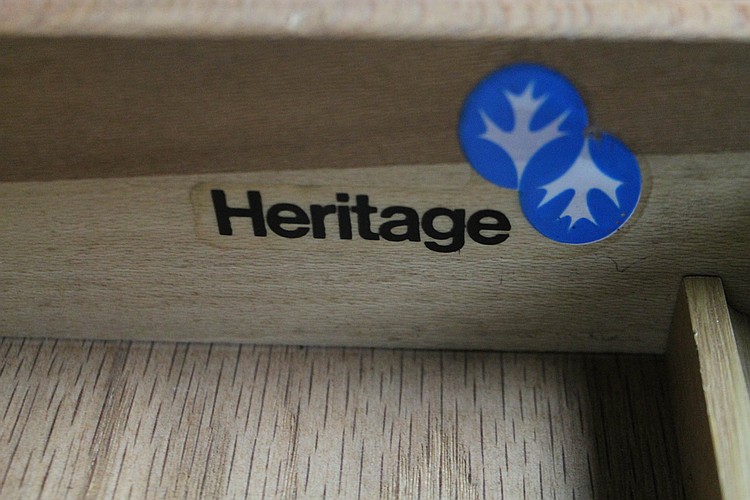Table of Contents Hide
Digital transformation involves integrating digital technology into all areas of a business, fundamentally changing how it operates and delivers value to customers. This case study examines the digital transformation journey of a traditional business, illustrating the strategies employed and the outcomes achieved.
Case Study: The Digital Transformation of “Heritage Furniture Co.”
Background: Heritage Furniture Co., a family-owned business specializing in handcrafted wooden furniture, had operated successfully using traditional methods for over 30 years. Despite its strong reputation and loyal customer base, the company faced challenges in reaching new customers and competing in an increasingly digital marketplace.
Objective: The goal was to modernize operations, enhance customer engagement, and expand market reach through digital transformation while preserving the brand’s heritage and craftsmanship.
Strategy
1. Building a Digital Presence
- Website Development: Heritage Furniture Co. invested in developing a new, user-friendly website with e-commerce capabilities. The website featured high-quality images, detailed product descriptions, and customer reviews.
- Search Engine Optimization (SEO): The website was optimized for search engines to increase visibility and drive organic traffic. Keywords related to furniture design, craftsmanship, and home decor were targeted.
2. Embracing E-Commerce
- Online Store: An e-commerce platform was integrated into the website, allowing customers to browse, customize, and purchase furniture online. This included a virtual room planner tool to visualize how pieces would look in their homes.
- Digital Payment Options: Multiple payment options were offered, including credit cards, digital wallets, and buy-now-pay-later services, to provide convenience and flexibility for customers.
3. Enhancing Customer Engagement
- Social Media Marketing: Heritage Furniture Co. launched social media campaigns on platforms like Instagram, Facebook, and Pinterest. The content showcased the craftsmanship of the furniture, customer testimonials, and behind-the-scenes looks at the production process.
- Email Marketing: A monthly newsletter was introduced to keep customers informed about new products, special promotions, and company news. Personalized emails were sent based on customer preferences and purchase history.
4. Implementing Digital Tools for Operations
- Customer Relationship Management (CRM): A CRM system was implemented to manage customer interactions, track sales, and streamline communication. This allowed for personalized customer service and targeted marketing efforts.
- Inventory Management System: A digital inventory management system was introduced to track stock levels, manage orders, and forecast demand, reducing the risk of overstocking or stockouts.
5. Data Analytics and Insights
- Website Analytics: Tools like Google Analytics were used to monitor website performance, track user behavior, and identify areas for improvement. Insights from analytics guided marketing strategies and website optimizations.
- Customer Feedback: Digital surveys and feedback forms were utilized to gather customer opinions and improve products and services based on real-time input.
Results
1. Expanded Market Reach
- Increased Online Sales: The e-commerce platform significantly boosted sales, with online orders contributing to a substantial portion of total revenue. The virtual room planner tool enhanced the online shopping experience.
- Broadened Audience: Social media campaigns and SEO efforts helped reach a wider audience, attracting new customers from different geographic locations.
2. Improved Customer Engagement
- Enhanced Brand Visibility: Social media presence and digital marketing efforts increased brand visibility and engagement, leading to higher customer interaction and brand recognition.
- Higher Customer Satisfaction: The personalized email marketing and CRM system improved customer service, resulting in higher satisfaction and repeat business.
3. Operational Efficiency
- Streamlined Operations: The digital tools for inventory management and CRM streamlined operations, reducing manual processes and improving efficiency.
- Data-Driven Decisions: Analytics provided valuable insights that informed business decisions, allowing for more effective marketing strategies and product offerings.
4. Brand Preservation and Growth
- Maintained Heritage: Despite the digital transformation, Heritage Furniture Co. successfully preserved its brand’s heritage and craftsmanship. The company continued to emphasize its traditional values while embracing modern technology.
- Sustained Growth: The digital transformation contributed to sustained business growth, positioning Heritage Furniture Co. for long-term success in the digital age.
Conclusion
The digital transformation of Heritage Furniture Co. illustrates the benefits and challenges of modernizing a traditional business. By investing in digital tools, embracing e-commerce, and enhancing customer engagement, the company achieved significant growth and operational efficiency. The successful integration of digital technology while preserving traditional values highlights the potential for businesses to thrive in a digital world. Digital transformation is not just a trend but a strategic necessity for businesses seeking to adapt and excel in the contemporary marketplace.










